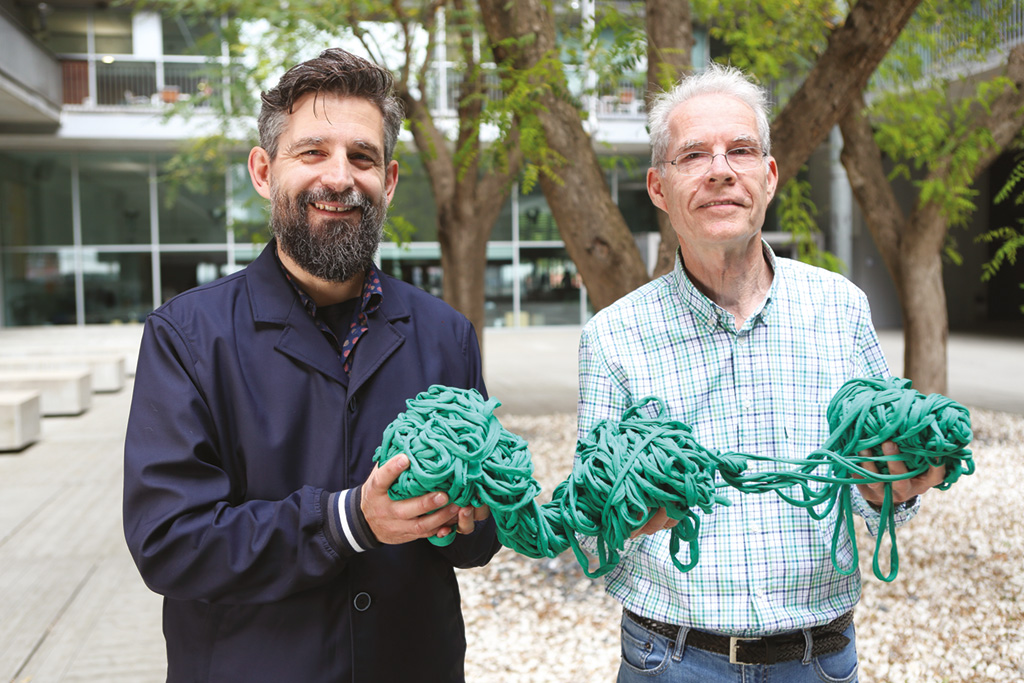Virtually all the cells in your body share the same set of genetic instructions – around 20,000 genes, encoded in long strands of DNA called chromosomes. But all your cells are not the same. Different types of cells need to use specific sets of genes so they can carry out their particular functions in the body. For example, a liver cell needs to activate genes encoding digestive enzymes and switch off the instructions for making neurotransmitters, while a brain cell has to do the opposite.
What’s more, the DNA in every human cell is more than two metres long. It is coiled, twisted and stuffed into the nucleus – a structure smaller than the point of a pin – along with a multitude of proteins. Somehow, in amongst all this molecular confusion, the cell must find and activate the right genes at the right time.
This arrangement of DNA in the nucleus is similar to a tangled ball of knitting yarn. Some parts are tightly squeezed together, while others are loosely packed. Finding and activating a specific gene is like hunting for a specific short stretch of yarn in amongst the tangled mess, releasing it from any tight clusters and loosening the thread so it can be used.
It’s already been shown that active genes tend to be in more loosely packed, ‘open’ compartments of the nucleus compared with inactive genes, but little is known about how genes are organised into these different regions or how their location changes when they are switched on and off.
Understanding how this works at a molecular level is one of the most important challenges in biology, and it’s one that CRG senior group leader Thomas Graf wants to solve.
